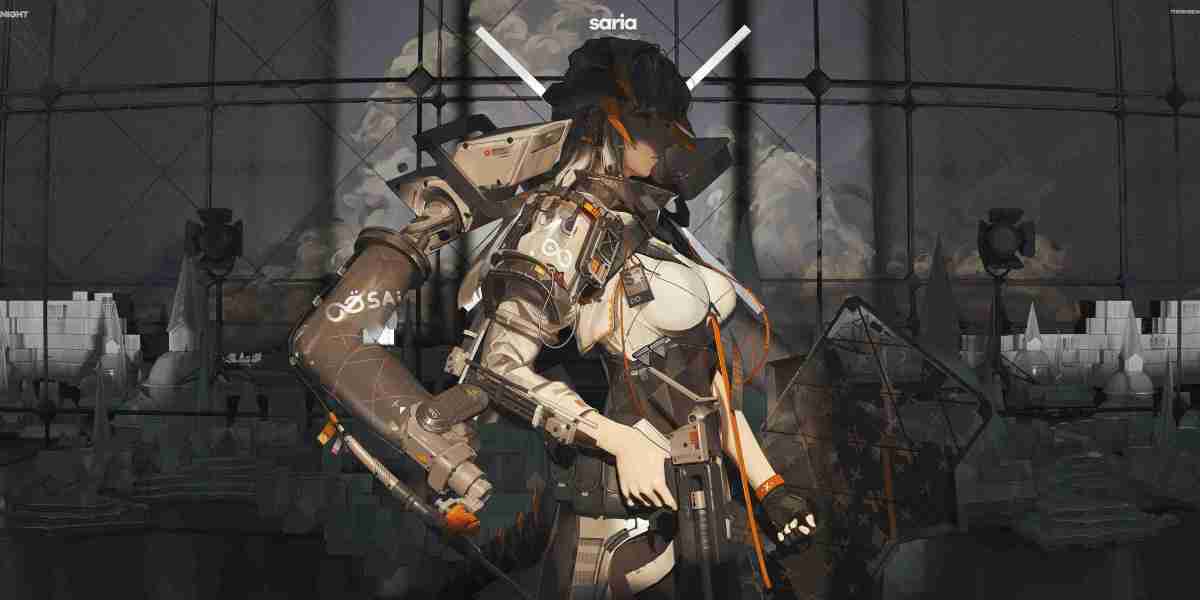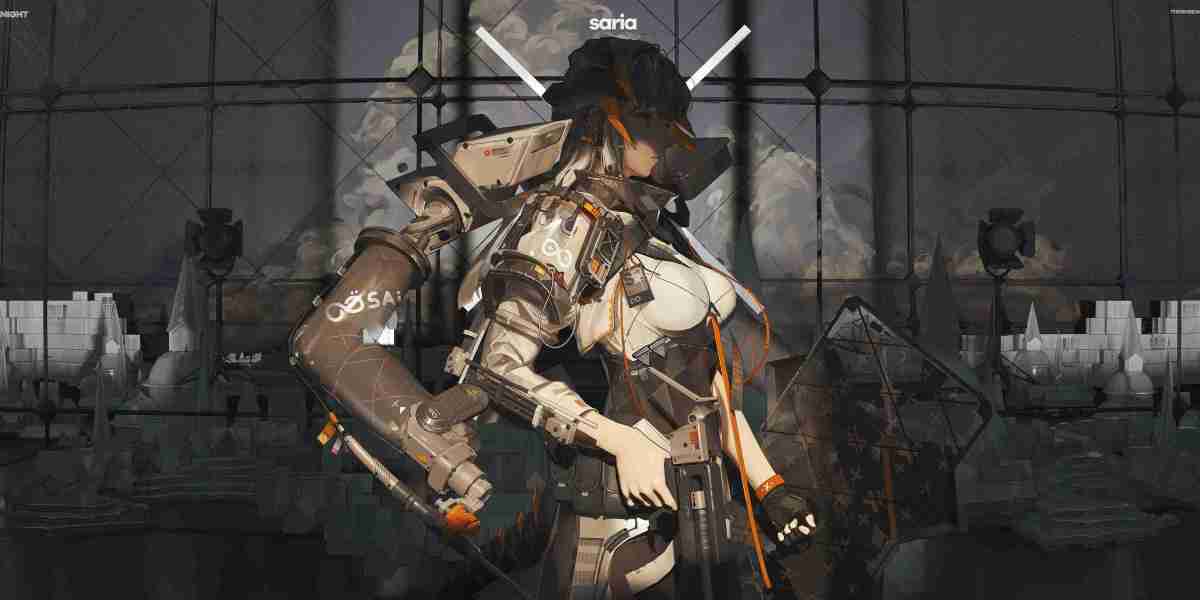3D printing has revolutionized manufacturing and prototyping, but it is not without its challenges. One of the most prevalent issues faced by enthusiasts and professionals alike is filament feeding problems. Understanding these issues is crucial for achieving high-quality prints and minimizing waste. In this article, we will delve into the common causes of filament feeding problems and provide practical solutions.
What Are Filament Feeding Problems?
Filament feeding problems occur when the 3D printer's extruder fails to deliver the filament consistently to the hot end. This inconsistency can lead to various printing defects, such as under-extrusion, layer separation, or even complete print failure. But what causes these issues? Let's explore some common culprits.
Common Causes of Filament Feeding Problems
- Filament Quality: Poor-quality filament can lead to inconsistent diameter and surface imperfections, which can cause jams.
- Extruder Tension: If the tension on the extruder gear is too loose or too tight, it can either slip or crush the filament.
- Clogs in the Hot End: A clogged nozzle can prevent filament from flowing smoothly, resulting in feeding issues.
- Temperature Settings: Incorrect temperature settings can cause the filament to become too brittle or too soft, affecting its ability to feed properly.
Identifying Filament Feeding Problems
How can you identify if you are experiencing filament feeding problems? Look for the following signs:
- Inconsistent extrusion or gaps in layers.
- Filament grinding or wear on the extruder gear.
- Unusual noises from the extruder during printing.
- Frequent filament jams or clogs in the nozzle.
Solutions to Filament Feeding Problems
Once you have identified the signs of filament feeding problems, you can take steps to resolve them. Here are some effective solutions:
- Check Filament Quality: Always use high-quality filament from reputable suppliers.
- Adjust Extruder Tension: Ensure that the extruder gear is properly adjusted to grip the filament without crushing it.
- Clean the Hot End: Regularly clean the nozzle and hot end to prevent clogs.
- Optimize Temperature Settings: Adjust the temperature according to the filament manufacturer's recommendations.
For more detailed guidance on preventing 3D printing failures, you can refer to this comprehensive guide.
Conclusion
Understanding and addressing filament feeding problems is essential for successful 3D printing. By recognizing the common causes and implementing the suggested solutions, you can enhance your printing experience and achieve better results. Remember, a well-maintained printer and high-quality materials are key to minimizing these issues.








